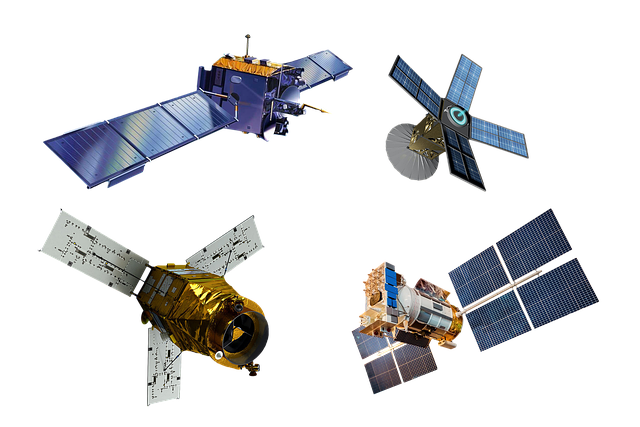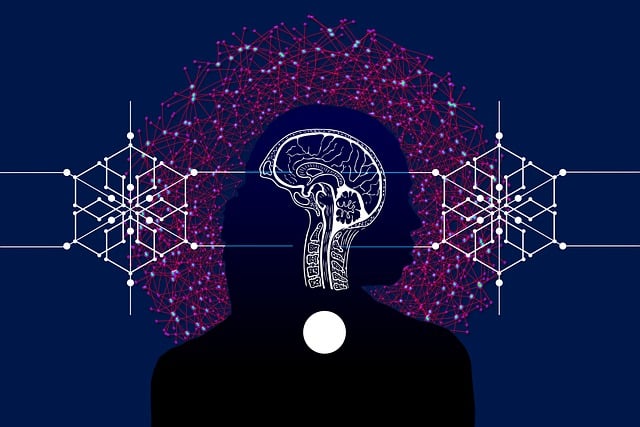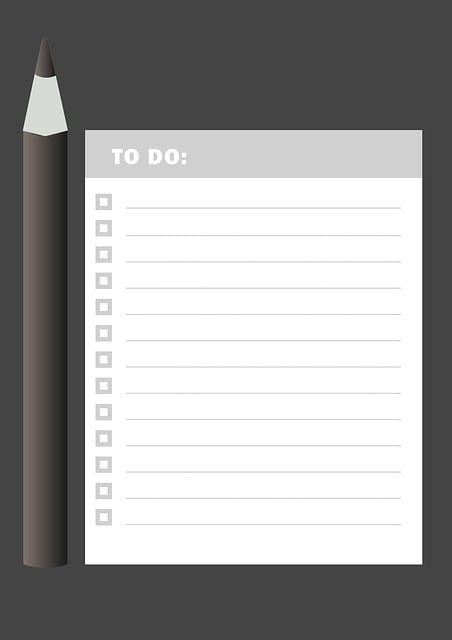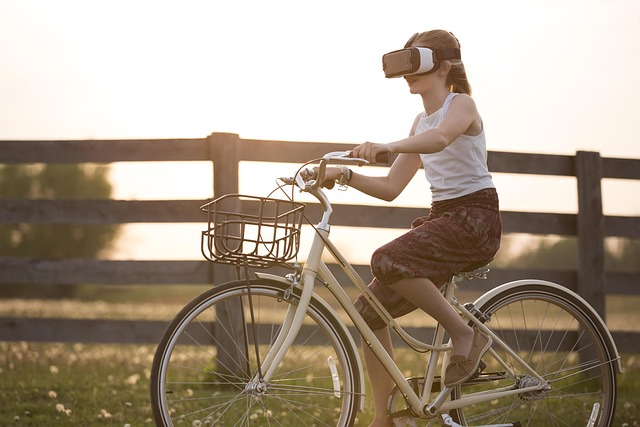In the digital age, personalized navigation apps transform how we interact with our surroundings by offering tailored local information based on individual preferences and behavior. Leveraging machine learning, these apps provide customized recommendations for places, activities, and events, enhancing user experiences and fostering exploration. Advanced technologies like natural language processing and voice-based navigation further refine these guides, ensuring users receive relevant, engaging, and valuable personalized content while navigating their environment.
In today’s digital age, personalized navigation and local information guides are transforming the way we explore new places. Understanding individual preferences and tailoring experiences accordingly has become crucial for enhancing user satisfaction. This comprehensive guide delves into the significance of personalized navigation, explores key components for effective implementation, and discusses cutting-edge technologies that power these innovative solutions. Unlock the potential of customized local insights to revolutionize your travel or urban exploration experience.
- Understanding Personalized Navigation: The Need for Individualized Local Information
- Components of an Effective Personalized Guide: Tailoring to User Preferences
- Implementing and Enhancing Personalized Guides: Technologies and Strategies
Understanding Personalized Navigation: The Need for Individualized Local Information

In today’s digital age, personalized navigation has become a game-changer in the way we explore and interact with our surroundings. Gone are the days when a simple map or GPS was enough; now, users crave individualized local information tailored to their unique preferences and needs. This shift is driven by the understanding that one-size-fits-all solutions often fall short of providing a truly immersive and helpful experience.
Personalized navigation goes beyond basic directions. It involves leveraging advanced technologies and data analytics to offer customized recommendations for places to visit, things to do, and even local events happening nearby. By integrating user preferences, historical behavior, and real-time data, apps can create a dynamic and personalized guide that enhances the user’s connection with their environment, making navigation more efficient, enjoyable, and ultimately, more valuable.
Components of an Effective Personalized Guide: Tailoring to User Preferences

An effective personalized guide for navigation and local information should be crafted with a deep understanding of user preferences, behaviors, and needs. By integrating machine learning algorithms, the guide can analyze past interactions, search queries, and explicit feedback to create tailored experiences. This involves curating content that aligns with individual interests—be it culinary recommendations, historical sites, or outdoor adventures—and presenting them in a visually appealing, intuitive manner.
The key lies in balancing personalization with broad accessibility. A good guide should offer diverse options while ensuring users can easily discover new places that might not be directly related to their stated preferences. This balance fosters both satisfaction and exploration, enhancing the overall user experience and making each trip unique and memorable.
Implementing and Enhancing Personalized Guides: Technologies and Strategies

Implementing personalized guides is a game-changer in enhancing user experiences, especially for navigation and local information apps. By leveraging advanced technologies, developers can create dynamic and tailored content that caters to individual users’ preferences. Machine learning algorithms play a pivotal role here; they analyze vast amounts of user data, including location history, search queries, and interactions with the app, to predict and suggest relevant places and information. This ensures that as users explore their surroundings, they receive personalized recommendations for nearby attractions, restaurants, or even local events.
Strategies for enhancing these guides include incorporating natural language processing for voice-based navigation, allowing users to provide feedback and refine suggestions over time, and integrating augmented reality features to offer immersive, contextual information. User profiling and preferences should be at the core of this process, enabling app developers to create truly customized experiences that keep users engaged and informed.






